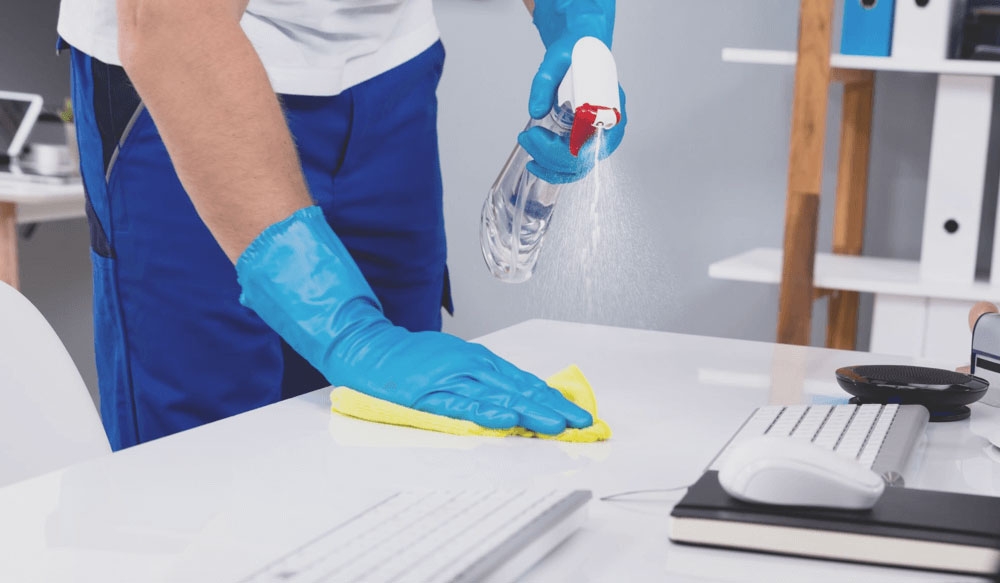The instructions given by governments about cleaning and disinfecting workplaces to ensure safety and restore confidence for employees and customers are clear and concise, but are we really sure we understand each concept and how important is it to keep them in mind?
Key difference between concepts
Applied to both surfaces and hands, the difference lies on what products are used either to kill or remove microorganisms. Disinfection practices are important nowadays in non-healthcare places such as schools, markets, business, community centers, etcetera because of the transfer of COVID-19 virus between surfaces which leads to a risk of infection to everyone in direct contact with said surface.
Disinfection is the action of using the right products in order to eliminate remains of the virus in high-touched surfaces such as office tools (telephones, keyboards, touch screen of devices), bathrooms, kitchen and its tools.
On the other hand, inside healthcare establishments, training and education is much more important in order to lead staff to the correct compliance with protocols.
Correct disinfection procedure
First, the desired surface must be cleaned with water and soap or detergent to remove dirt. Starting from the least soiled area to avoid spreading dirt from the most soiled areas.
Afterwards, for disinfection, sodium hydrochloride (bleach/chlorine) may be used at a recommended concentration of 0.1 per cent or 1,000ppm (one part of five per cent strength household bleach to 49 parts of water) and alcohol at 70-90 per cent are recommended.
All solutions should be freshly prepared every day, be rightly stored in opaque containers, in a well ventilated area away form direct sunlight.
Some brands claim their products protect surfaces for longer periods of time, even though there are no studies proving this. Surfaces remain protected from the virus but there are several factors like dust and how much it is used that determine how often it has to be disinfected.
Do Not...
Spraying is not recommended, it should be done by soaking a cloth or wipe in the disinfectant.
Mass sprays on streets, open places is not recommended because they are not routes of infection.
Direct spraying on persons can be physically and psychologically harmful and would not reduce an infected person's ability to spread the virus through droplets or direct contact.
